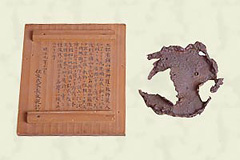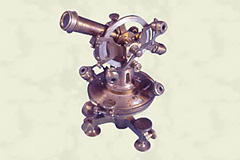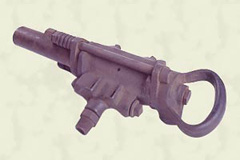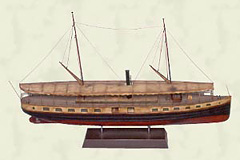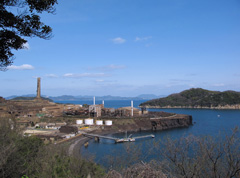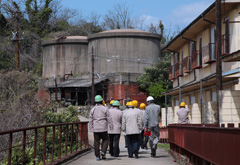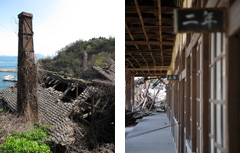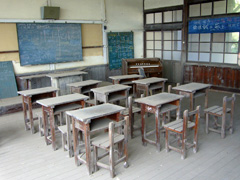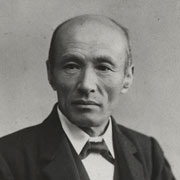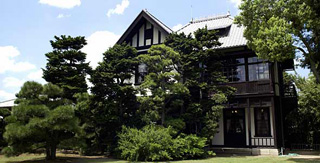Saihei Hirose continued modernizing the Besshi Copper Mines. In 1872 he bought a small, British-made, wooden steamboat of just 54 tons to ship items for the Besshi Copper Mines and refined copper. He introduced dynamite for mining and coke for copper smelting. He also encouraged the use of plenty of modern machinery, such as steam engines, rock drills, ore crushers, and hoists. The Besshi Copper Mines benefited greatly from this influx of new technology.
As a result, the amount of copper produced from the Besshi Copper Mines increased more than fourfold in the 15 years from 1868 to 1883, rising from 420 tons to 1,800 tons. During the 283 years the Besshi Copper Mines were in operation, the total output is estimated to have amounted to 30 million tons of ore, yielding 650,000 tons of copper.
Yet Hirose’s long-cherished desire to exploit a rich new deposit was fulfilled only after his retirement.
At the Besshi Copper Mines, about 350 meters below the Kanki and Kanto shafts was Misuma, a zone noted for its rich copper deposits. This mineral wealth had remained untouched because the zone had become waterlogged as a result of a powerful earthquake in 1854. Hirose knew that removing the water from Misuma was the precondition for fulfilling his long-cherished desire to exploit this high-quality deposit.
For Hirose, mining the rich deposit at Misuma was the ultimate goal. This is one reason why he endeavored so strenuously to prevent requisition of the Besshi Copper Mines by the government during the Meiji Restoration and objected so adamantly when the House of Sumitomo contemplated selling off the mines. When the Besshi Copper Mines were short of cash, Hirosei issued private banknotes, known as yamaginsatsu, valid only within the area of the Besshi Copper Mines, for the use of the mineworkers.
Hirose’s initiatives were rooted in his conviction that Misuma was of the greatest value and inspired by his unwavering pride in Sumitomo and its capabilities.

 EN
EN